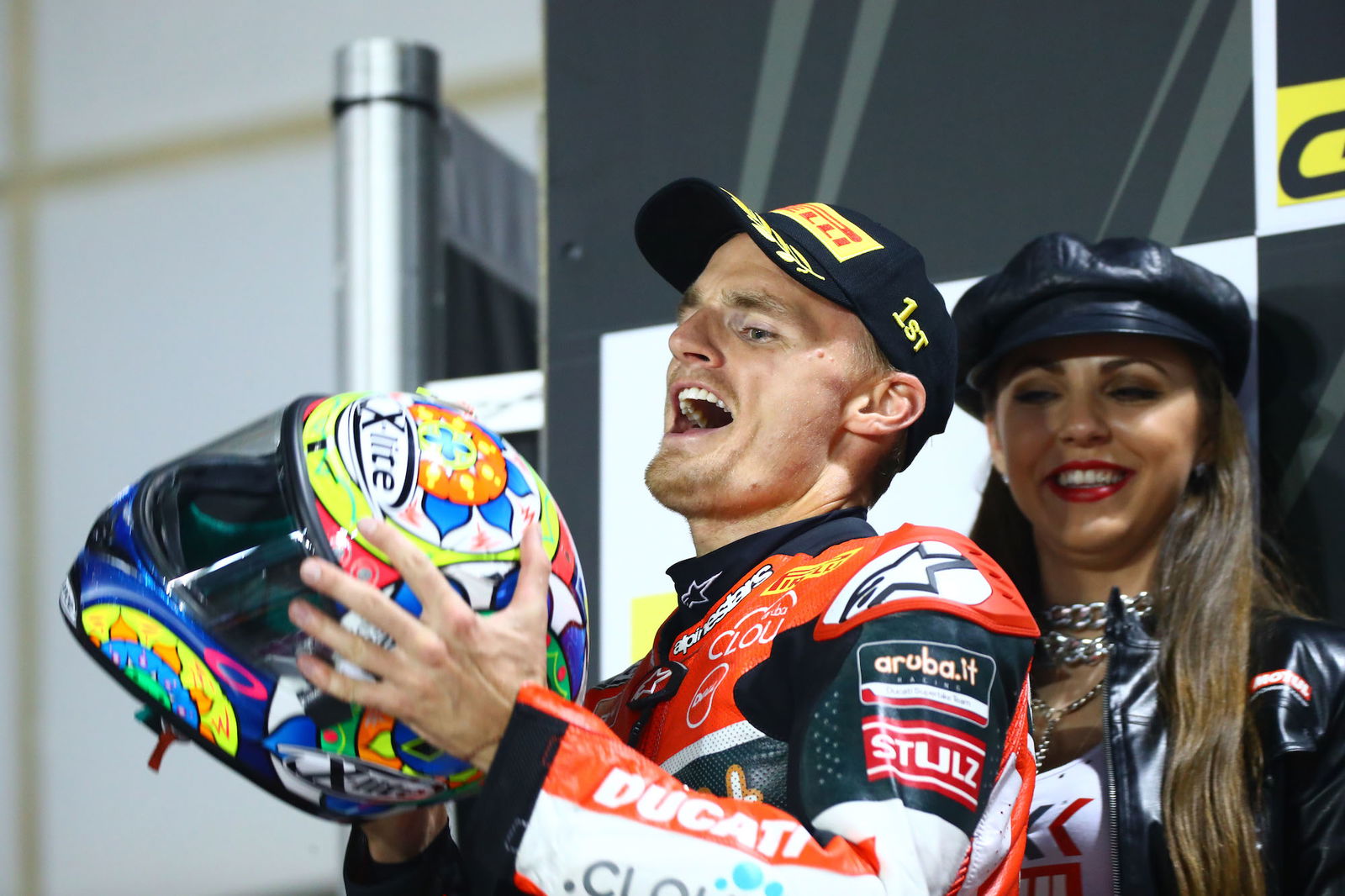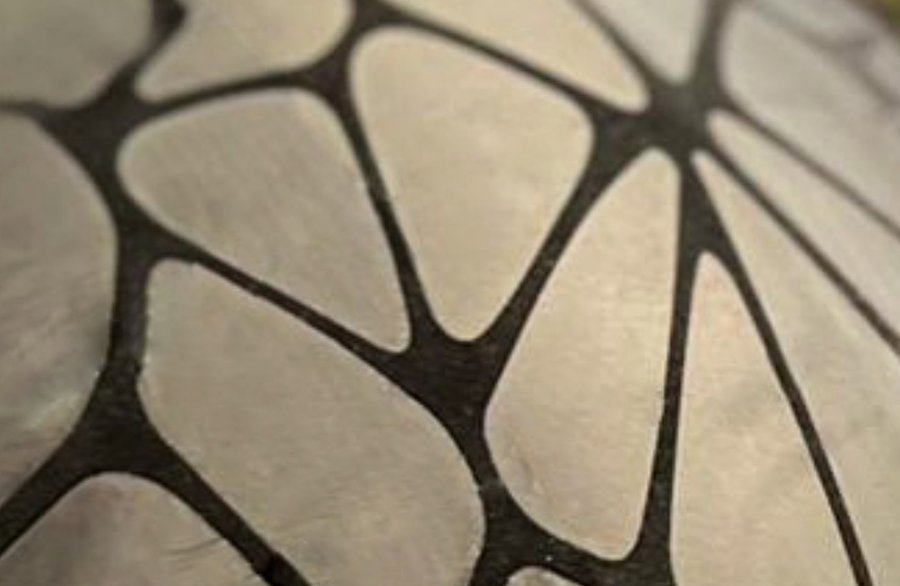MotoGP Scraps Controversial Tyre Penalty
A change to MotoGP’s controversial tyre pressure rule has been announced ahead of this weekend’s MotoGP Qatar Grand Prix

MotoGP has changed its minimum tyre pressure rule ahead of the start of the 2024 season at this weekend’s Qatar Grand Prix.
The change means that riders will not be punished by disqualification for breaching the minimum front tyre pressure, and instead, time penalties will be awarded post-race for any breaches.
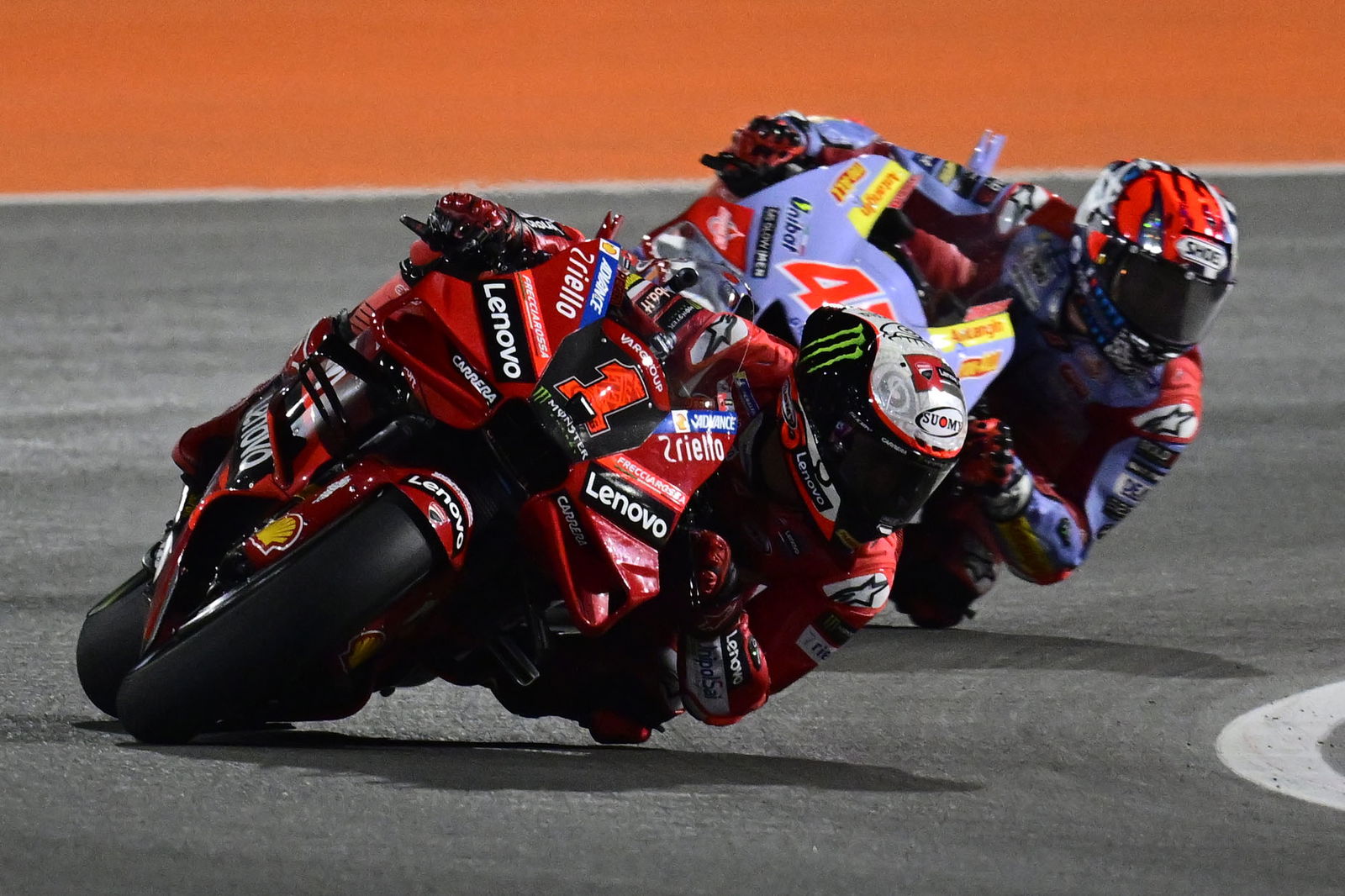
A breach of the rule during a Grand Prix will, in the 2024 MotoGP season, result in a 16-second time penalty, while falling foul of the rule in a Sprint will see the offending rider handed an eight-second penalty.
For reference, the average time difference between the winner and 15th place in dry Grands Prix last year was 26.224 seconds, and the smallest gap between the winner and 15th place in dry Grands Prix last year was 15.093 seconds at the Thailand Grand Prix. In dry Sprints, the average difference between the winner and the ninth-placed finisher was 8.522 seconds, with the smallest gap being 4.856 seconds in Argentina.
A penalty in the Sprint, then, is likely to be more damaging, proportionally, than in a Grand Prix: the penalty time awarded for breaching the minimum pressure rule in a Grand Prix is equal to 61 per cent of the average time difference between the winner and the final points finisher in dry Grands Prix, whereas the penalty time awarded for breaching the minimum pressure rule in a Sprint is equal to 94 per cent of the average time difference between the winner and the final points finisher in dry Sprints.
On average, in dry weather Grands Prix last year, a 16-second penalty would demote the rider taking the chequered flag first to 10th place, scoring six points, or 24 per cent of the maximum 25 points on offer, meaning the rider would lose 76 per cent of the points they would have scored without the penalty.
In a Sprint, the average finishing position for the rider taking the chequered flag first would be ninth if they were given an eight-second penalty, meaning they would score one point, or eight per cent of the maximum 12 points on offer, and therefore losing 92 per cent of the points they would score without the time penalty.
Finally, the one point awarded for ninth in a Sprint has 17 per cent of the value of the six points scored for 10th in a Grand Prix, meaning - on average - a rider would be 83 per cent worse off getting an eight-second penalty in the Sprint than a 16-second penalty in a Grand Prix.
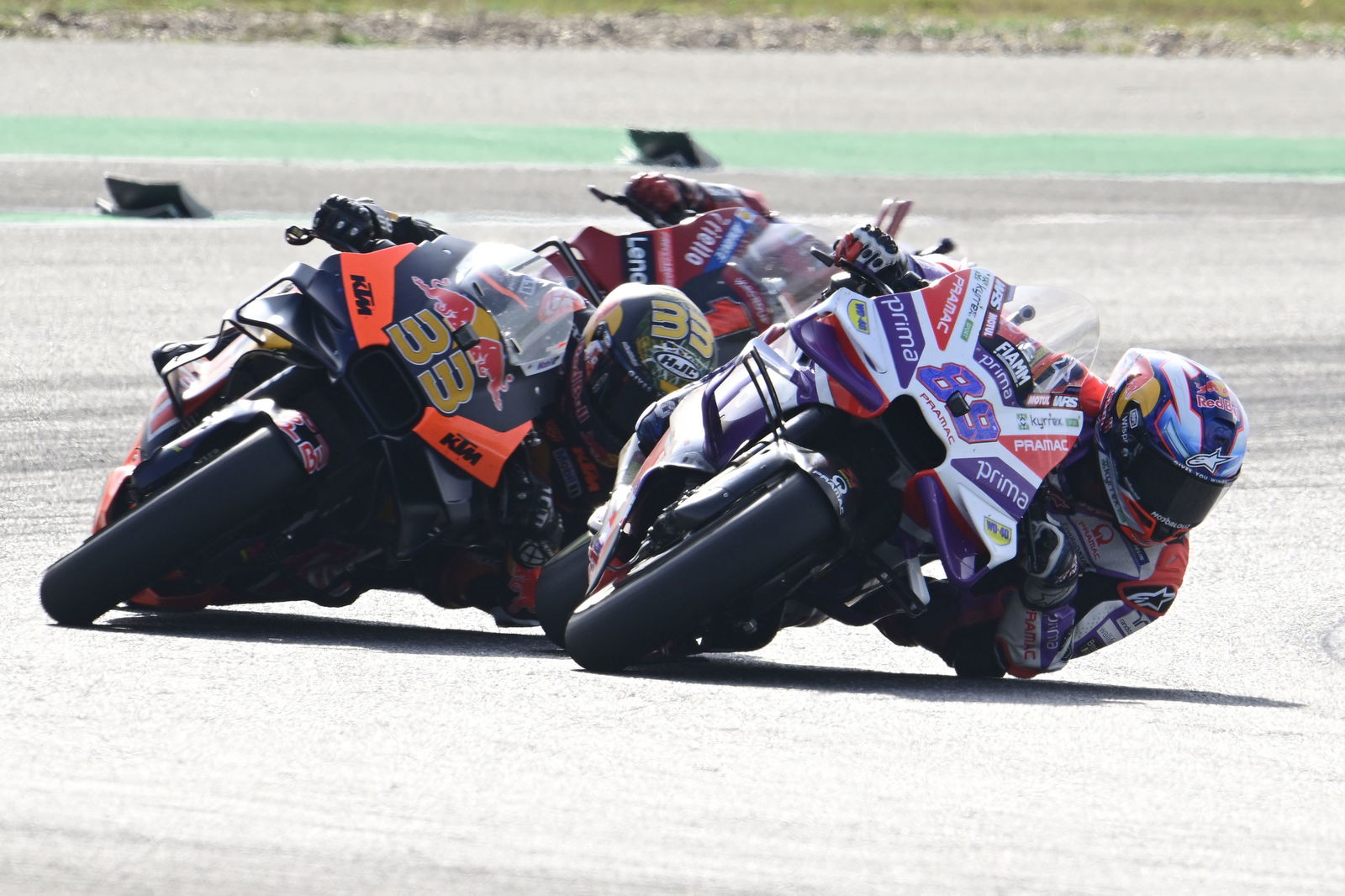
The news of the abandonment of disqualifications in favour of the newly announced time penalties comes after it was previously announced by the MotoGP sole tyre supplier, Michelin, that it had decided to reduce the minimum front tyre pressure from 1.88 bar to 1.80 bar for the 2024 season, but to simultaneously increase the amount of the race that a rider has to stay above the minimum from 50 per cent of the laps of a Grand Prix to 60 per cent.
Why is there a tyre pressure rule and why has it caused problems?

The fundamental reason for the minimum tyre pressure rule is due to safety. There is a minimum pressure in place for both the front and rear pressure, with both intended to prevent teams from running pressures low enough to potentially compromise the structural integrity of the tyre during operation.
Although a minimum pressure has always been in place in MotoGP, penalties only began being handed out from the 2023 British Grand Prix, the first race after last season’s summer break, after it became public at the 2022 Spanish Grand Prix that teams were running below-minimum front tyre pressures but were not being penalised for it.
The reason for teams to run tyre pressures below the minimum is all about grip. Running a lower front tyre pressure has a similar effect to running a softer compound rubber: by decreasing pressure, the tyre is less rigid, can deform more, and therefore provide a larger contact patch, which increases both grip and rider feedback. Furthermore, the advancement of downforce-focused aerodynamic technology in MotoGP, as well as the ride height devices that compress the rear suspension on acceleration and thus give a greater weight transfer to the front during initial braking, have increased the braking forces involved in MotoGP and therefore the load placed on the front tyre.
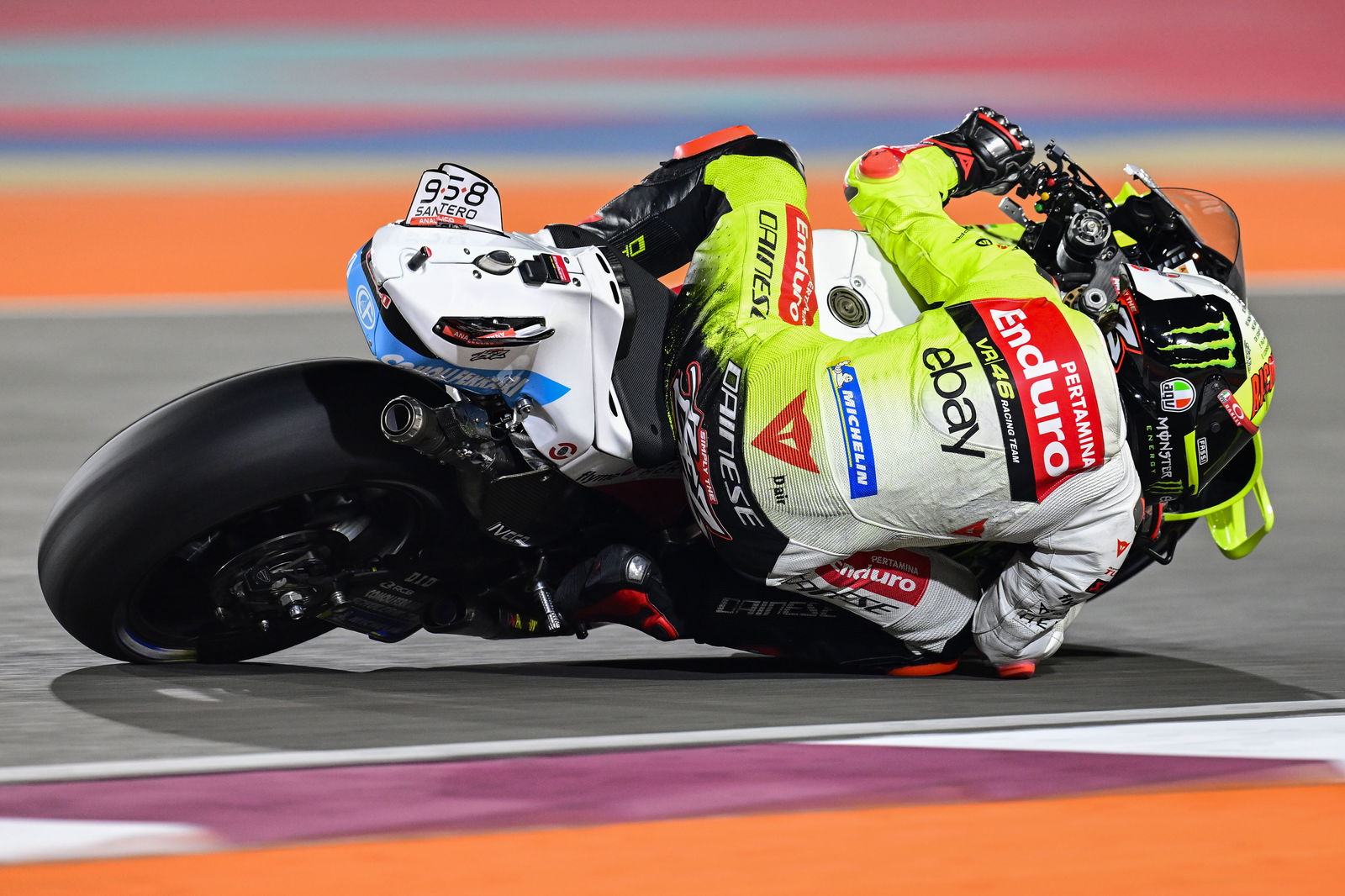
Speaking about downforce aerodynamics specifically, these also create a turbulence effect in the wake of the motorcycle, reducing front tyre cooling for the bike behind and therefore making temperatures and pressures more difficult to keep under control during a race. As such, MotoGP engineers are forced to estimate the race their rider will have: if they think their rider will be in the middle of a group of multiple riders for the whole race, they must set the starting front tyre pressure very low to anticipate the mid-race pressure increase and therefore minimise the risk of grip reduction, performance loss, and potentially a crash due to the rising pressure; but if they think their rider will ride mostly alone in the race, they must set the pressure higher to avoid getting a penalty post-race.
This was more problematic in 2023 than expected in 2024, due to the reduction of the minimum pressure to 1.80 bar from 1.88 bar. 2.0 bar is considered to be around the maximum pressure a Michelin MotoGP front tyre can get to before its performance starts to rapidly degrade. Therefore, the 0.08 bar reduction in minimum front tyre pressure for 2024 has increased the window within which a MotoGP team and rider can legally work by almost 100 per cent.
The 2024 MotoGP World Championship is set to get underway this weekend at the Lusail International Circuit, which will host the season-opening Qatar Grand Prix.
Find all the latest MotoGP news on Visordown.
